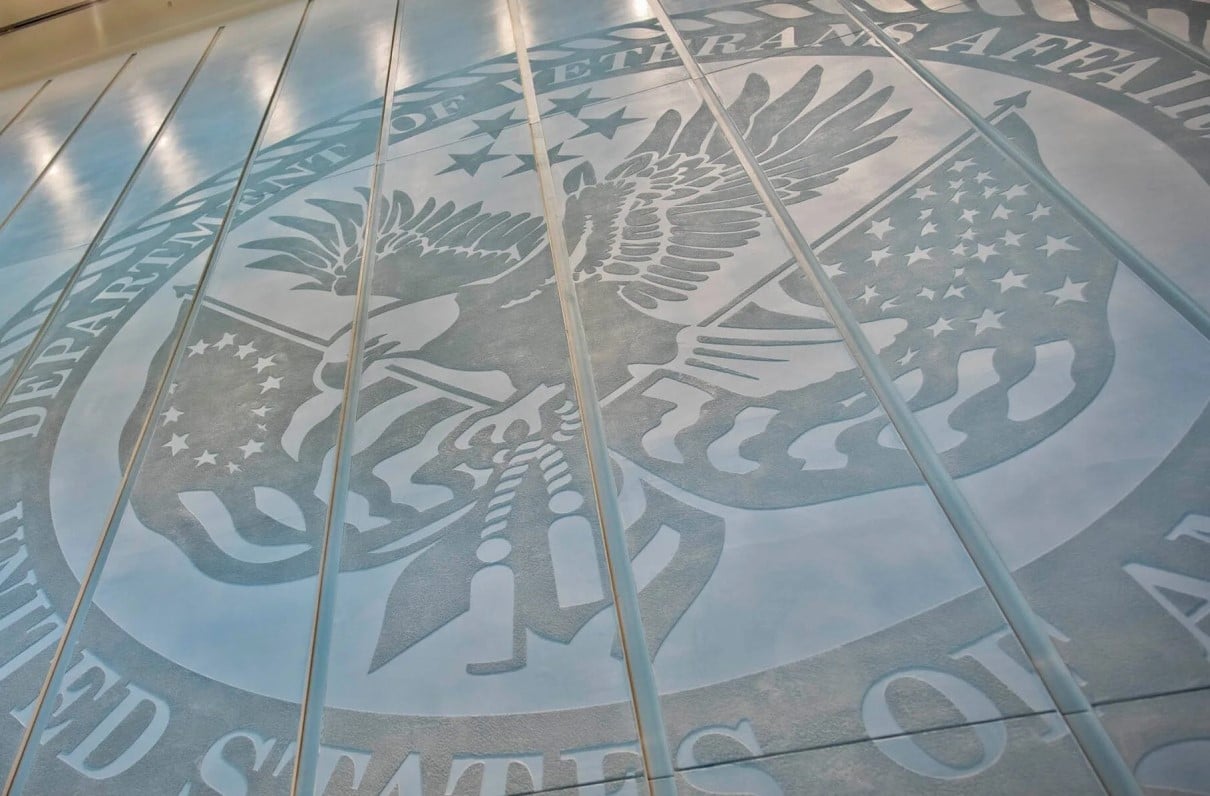Editor’s note: This article by Rebecca Kheel originally appeared on Military.com, a leading source of news for the military and veteran community.
The Department of Veterans Affairs expects to be nearly $15 billion short of what it needs to pay for benefits and health care this year and next, in part because more veterans are using VA services than expected, officials told Congress this week.
An increase in benefits claims driven by the PACT Act could leave VA benefits accounts $2.9 billion short this year. Meanwhile, health care accounts could be nearly $12 billion short next year because of higher-than-expected staffing and prescription drug costs, among other factors.
In a statement Thursday morning, the VA said it is working with the White House and Congress to address the budget shortfalls in a way that doesn't harm veterans.
"Right now, due in large part to the historic PACT Act, VA is delivering more care and more benefits to more veterans than ever before," VA Press Secretary Terrence Hayes said in a statement about the budget shortfall. "These results are life-changing for veterans, their families, caregivers and survivors, and VA will continue to push to make sure that they get the care and benefits they deserve."
[RELATED: Here’s How Accessing Your VA Benefits Online Will Change in 2025]
"This represents by far the largest budget shortfall the Department of Veterans Affairs (VA) has experienced under any administration and a repudiation of the FY 2025 budget request that the Biden-Harris administration presented just four months ago," Chairman Mike Bost, R-Ill., wrote in a letter to VA Secretary Denis McDonough on Wednesday. "Not only have your chief financial officers thrown out the dollar amounts requested for many key accounts, they have abandoned many of the estimates and projections that underpinned their budget. This is not just fiscal mismanagement; it is strategic whiplash."
Bost demanded McDonough answer questions about the shortfall by July 26 and raised the specter of a subpoena if he does not comply.
For this year, the VA had expected to spend about $193 billion on benefits payments for veterans.
So far, disability benefits payments are slightly less than the Veterans Benefits Administration had projected for the year to date, but officials anticipate an increase by the end of the year, according to the slideshow obtained by Military.com.
In addition to an increase in disability benefits claims because of the PACT Act, officials expect an uptick in GI Bill payments because of a Supreme Court ruling in April that allows veterans to collect expanded education benefits. Payouts for Post-9/11 GI Bill benefits have already exceeded projections for the year to date, according to the slideshow.
"If VBA has insufficient funding available, then compensation and pension payments to over 7 million veterans and survivors and readjustment benefit payments to over 500,000 individuals that are scheduled to be delivered on October 1, 2024, are at risk," the slideshow said.
Meanwhile, in March, the VA requested nearly $370 billion for fiscal 2025, including about $134 billion in discretionary spending that is the main source of funding for medical care. While the overall budget request was a 13% increase from this year, the discretionary funding was a slight cut because of budget caps imposed by Congress.
[RELATED: Burn Pit Victims With Rare Lung Disease Struggle to Get VA Care and Benefits]
Congress has yet to approve government funding for fiscal 2025, meaning lawmakers could still allocate more than the VA requested, but they also would have to reach a bipartisan agreement to ignore the previously approved budget caps.
The budget request anticipated that there would be a staffing cut of about 10,000 employees in the Veterans Health Administration. But the agency now expects to have about 20,000 more employees than the budget projected for next year, which is about 5,000 more than there are right now, according to the slideshow.
Pharmacy and prosthetic costs for next year could also be about $4 billion higher than expected if they follow the same trends in price increases as this year, the slideshow said.
More veterans using community care is also a factor in the budget shortfall, the VA said in the slideshow. The community care program allows veterans to see doctors outside the department using VA funding. The department had originally projected a 12% increase in community care costs next year, but now foresees a 16.5% increase.
In its statement on the budget shortfall, the VA cast the higher-than-expected costs as a sign of the success of the implementation of the PACT Act, which expanded care and benefits to millions of veterans exposed to toxins during their military service.
"Significant care growth has come from new benefits and enrollment opportunities from the PACT Act, in addition to unprecedented outreach efforts to veterans informing them of enrollment opportunities," Hayes said.
But in his letter, Bost slammed the VA for not budgeting for PACT Act-related increases that were widely expected. He also accused the VA of relying on budget "gimmicks" and argued that some of its explanations for increased costs were "spotty at best," including "speculation that demand for Ozempic and similar drugs may be the cause" for increased drug prices.
Bost also expressed alarm at the VA's "180-degree reversal" on staffing levels.
"I understand that priorities may change, but it boggles my mind how the roughly 10,000 full-time equivalent (FTE) workforce reduction and the nationwide VHA hiring restrictions that you defended just a few months ago have already become a more than 22,000 FTE increase," he wrote. "Hiring quality health care workers is difficult enough without a constantly moving target."
Get Help Navigating VA Benefits
Questions about VA benefits? Start here. PREMIUM and LIFE Members have direct access to our webinar archive with to-the-point information on everything from claims and appeals to concurrent receipt to home loans and more.
